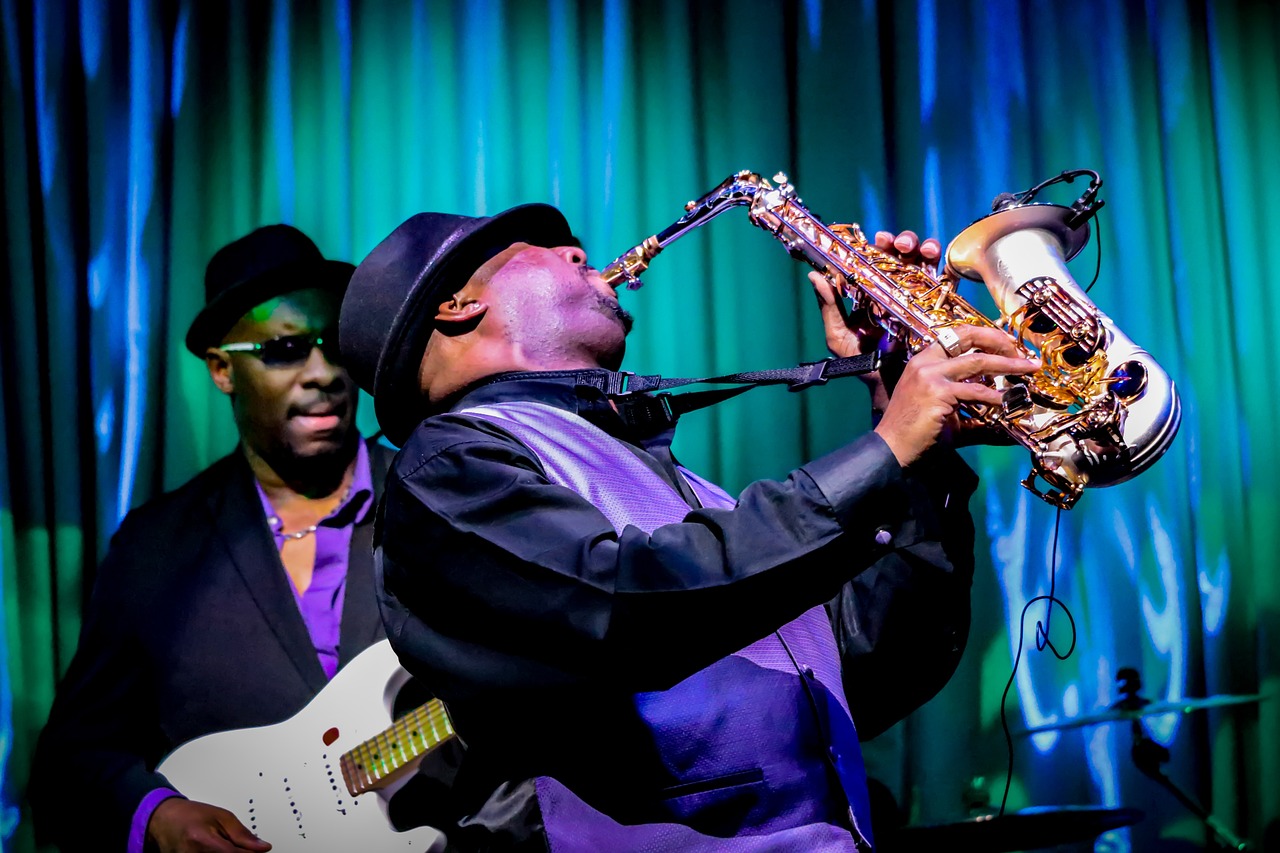
For many of you training to become a radiologist (or any physician for that matter), by this point, you may be a bit cranky and tired. When this happens, I often hear residents question their original intentions and ask, “Should I have gone to law school instead?” Typically they follow this question with, “I would have finished my residency and would be rolling in the dough by now if I was an attorney…” But in the website’s style, I will immediately debunk those painful thoughts! So let’s start going through why law school is no replacement for becoming a radiologist!
Attorneys Have Loans, But Are Less Likely To Pay Them Back!
If you think you are alone in your debt, think again. Lawyers also have three years of law school loans that they must pay back. OK… It’s not four years. But, the prospects of having them paid back are more tenuous than yours. Did you know that the median attorney earns 118,160 dollars? (1) You may not be the median lawyer, you may say. Let’s say you are above average. An attorney at the 75th percentile makes 175,580 dollars. More rarely do attorneys bring the astronomical salaries that we hear about as partners in a firm on Wall Street for long periods.
And what is the salary for a radiologist? Hmm… Well, it depends on the survey. But, if you look at the AuntMinnie website, they say that the median compensation is 503,225 dollars. (2) If you don’t like that survey, let’s try another showing a lower average salary. How about Medscape from 2017? (3) We are talking about an average of 396000 dollars. Either way, you split hairs. As a radiologist, you will more likely be making more! And more importantly, even though you may owe a bit more, you are more likely to pay those loans back!!!
Attorneys Have Long Hours Too!
If you think you work many more hours than an equivalent attorney, think again!!! Sure, attorneys spend more time at lunch to make that next deal or to increase connections. However, most hardworking attorneys work until late at night, especially if they want to become a partner in a practice. My former Wall Street attorney friends frequently worked until after 8 pm or even as late as 10 or 11 pm! So, I don’t want to hear that whining!
Attorneys’ Work Is Not As Interesting As Ours
OK… This statement is a bit opinionated. But, in my situation, it is very accurate. I certainly would much prefer to read films or perform procedures than splitting hairs over the definition of a word in court. The prospect of researching cases doesn’t do it for me. And, probably not for you if you have chosen to join the field of radiology!
Radiologists Have More Vacation, Ha!!!
Radiologists are blessed with more vacation time within the field of medicine than most other specialties. On the other hand, I can guarantee that few attorneys have eight or ten weeks off per year. I know we work hard when we are on. But it is sure nice to have those extra weeks of vacation, whether at home or away in Bora Bora!
Radiologist Contributions To Society
I’m not particularly eager to make overarching statements. However, I think this one is mostly true. Most radiologists make essential contributions to society by increasing overall health and well-being. Not to say that attorneys do not contribute to our communities, but I believe a more significant percentage of attorneys make less of a difference to humanity. I’m not sure how much ambulance chasers help the average human being! And many other attorneys serve even less noble purposes. On the other hand, hospitals would falter without the average radiologist working their shifts, and patients would have severe health issues!
Law School Vs. Radiology Training: A New Perspective
If those reasons are not enough to convince you about the benefits of radiology training over law school, maybe you should become an attorney! The grass is always greener on the other side in the throes of residency. But, I have news for you; take a look around. Training to become an attorney is not all that flashy. You are lucky right where you are!!!
(1) https://money.usnews.com/careers/best-jobs/lawyer/salary
(2) https://www.auntminnie.com/index.aspx?sec=ser&sub=def&pag=dis&ItemID=117841
(3) https://www.medscape.com/slideshow/compensation-2017-overview-6008547#4













